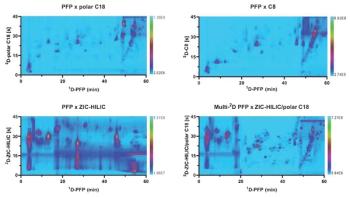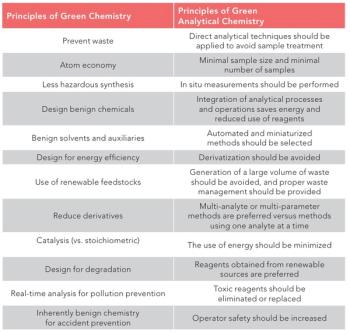
ACQUITY QDa Detector
The ACQUITY QDa Detector is the mass detector designed as a synergistic element of your chromatographic separations systems. It is mass detection built around the needs of your analytical scientists for their chromatographic analysis.
Imagine a lab where all analytical scientists can acquire high-quality mass spectral data. On their own. Within their existing workflow. Across every sample. Without training. A lab where uncertainty about compounds is replaced by fast, efficient confirmation and the confidence that comes with crossing the LC/MS divide like never before. Now imagine all this happening at the push of a button. This goes far beyond the power of mass detection. This is the ACQUITY® QDaTM Detector from Waters.
Working in harmony with your chromatography, it is pre-optimized to work with your samples, without the sample-specific or user adjustments typical of traditional mass spectrometers. For the first time, any analytical scientist can consistently generate the highest quality mass spectral data, routinely without the need for any special training or expertise thus eliminating any need to contract out and wait for results from specialist analytical service laboratories.
Having the mass spectral information you need, for the analytical confidence you demand, was beyond the reach of most. Until now. This is certainty above all else. This is SEPARATING BEYOND QUESTIONTM.
Website:
Newsletter
Join the global community of analytical scientists who trust LCGC for insights on the latest techniques, trends, and expert solutions in chromatography.




